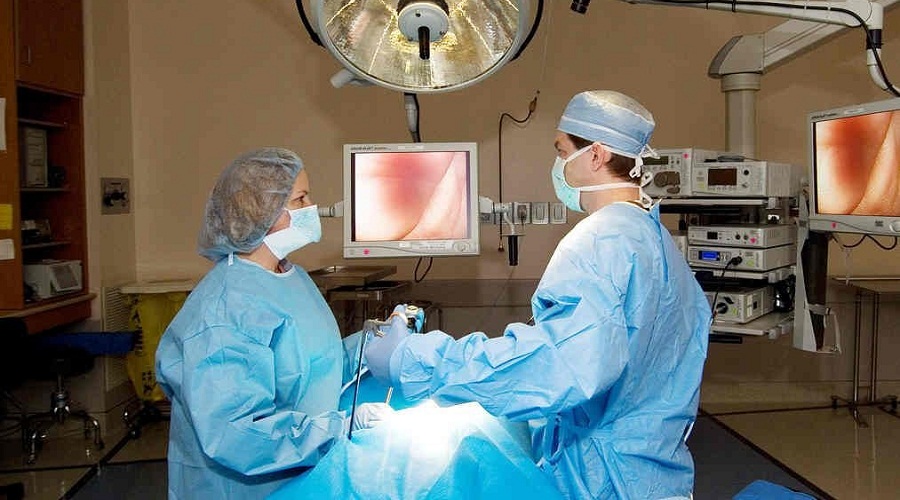What is laparoscopy?
Laparoscopy, also known as diagnostic laparoscopy, is a surgical diagnostic procedure used to examine the organs inside the abdomen. It’s a low-risk, minimally invasive procedure that requires only small incisions.
Laparoscopy uses an instrument called a laparoscope to look at the abdominal organs. A laparoscope is a long, thin tube with a high-intensity light and a high-resolution camera at the front. The instrument is inserted through an incision in the abdominal wall. As it moves along, the camera sends images to a video monitor.
Laparoscopy allows your doctor to see inside your body in real time, without open surgery. Your doctor also can obtain biopsy samples during this procedure.
Why is laparoscopy performed?
Laparoscopy is often used to identify and diagnose the source of pelvic or abdominal pain. It’s usually performed when noninvasive methods are unable to help with diagnosis.
In many cases, abdominal problems can also be diagnosed with imaging techniques such as:
- ultrasound, which uses high-frequency sound waves to create images of the body
- CT scan, which is a series of special X-rays that take cross-sectional images of the body
- MRI scan, which uses magnets and radio waves to produce images of the body
Laparoscopy is performed when these tests don’t provide enough information or insight for a diagnosis. The procedure may also be used to take a biopsy, or sample of tissue, from a particular organ in the abdomen.
Your doctor may recommend laparoscopy to examine the following organs:
- appendix
- gallbladder
- liver
- pancreas
- small intestine and large intestine (colon)
- spleen
- stomach
- pelvic or reproductive organs
By observing these areas with a laparoscope, your doctor can detect:
- an abdominal mass or tumor
- fluid in the abdominal cavity
- liver disease
- the effectiveness of certain treatments
- the degree to which a particular cancer has progressed
As well, your doctor may be able to perform an intervention to treat your condition immediately after diagnosis.
